Scientists imagined some innovative technologies that could enhance a future mission to Uranus or Neptune.


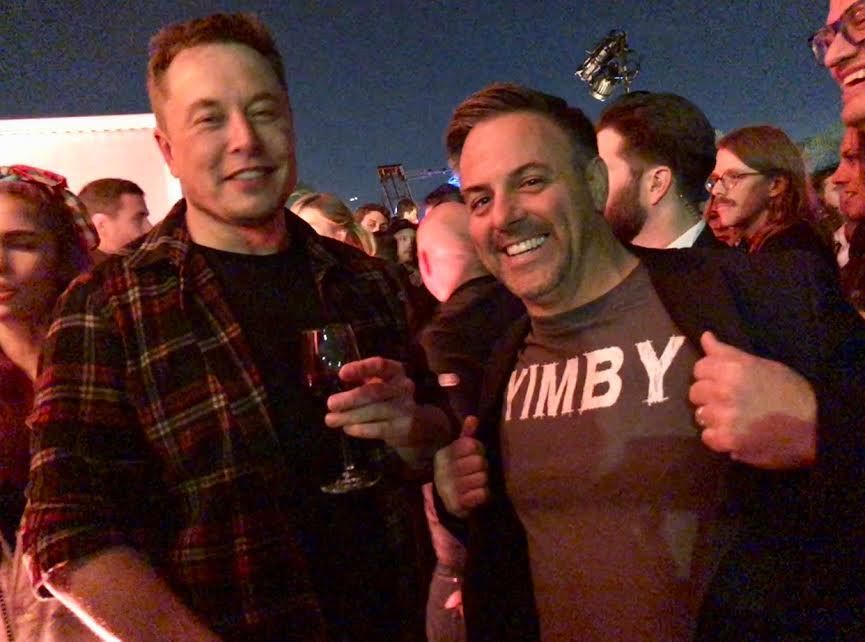
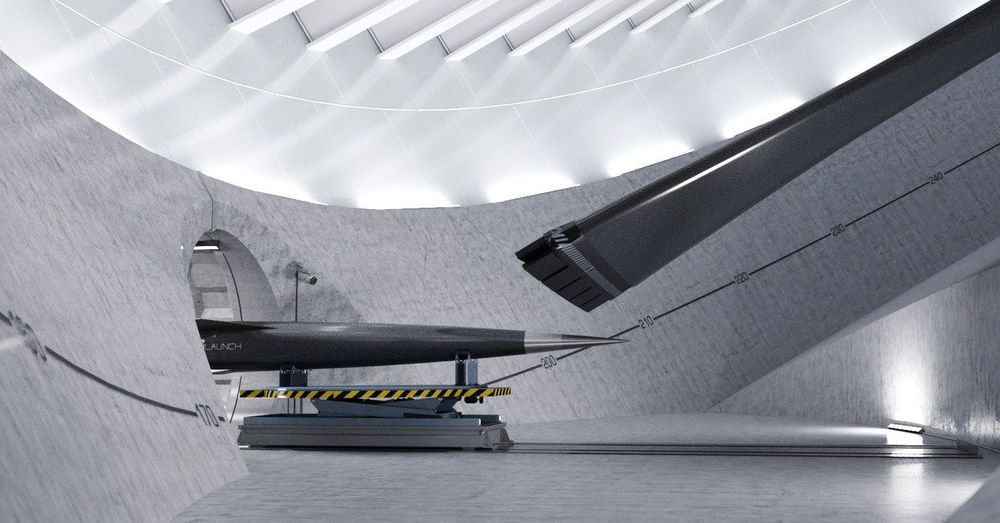

An unusual chunk in a meteorite may contain a surprising bit of space history, based on new research from Washington University in St. Louis.
Presolar grains—tiny bits of solid interstellar material formed before the sun was born—are sometimes found in primitive meteorites. But a new analysis reveals evidence of presolar grains in part of a meteorite where they are not expected to be found.
“What is surprising is the fact that presolar grains are present,” said Olga Pravdivtseva, research associate professor of physics in Arts & Sciences and lead author of a new paper in Nature Astronomy. “Following our current understanding of solar system formation, presolar grains could not survive in the environment where these inclusions are formed.”

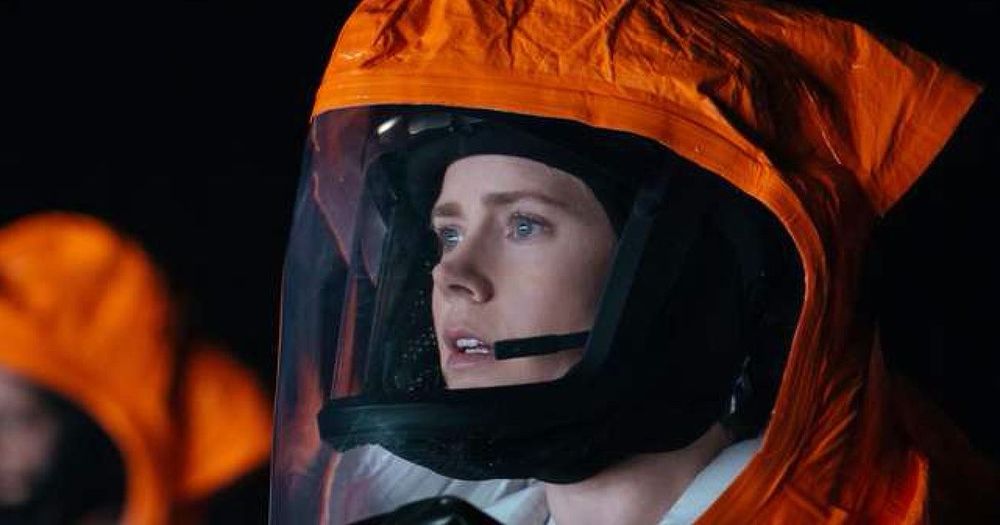
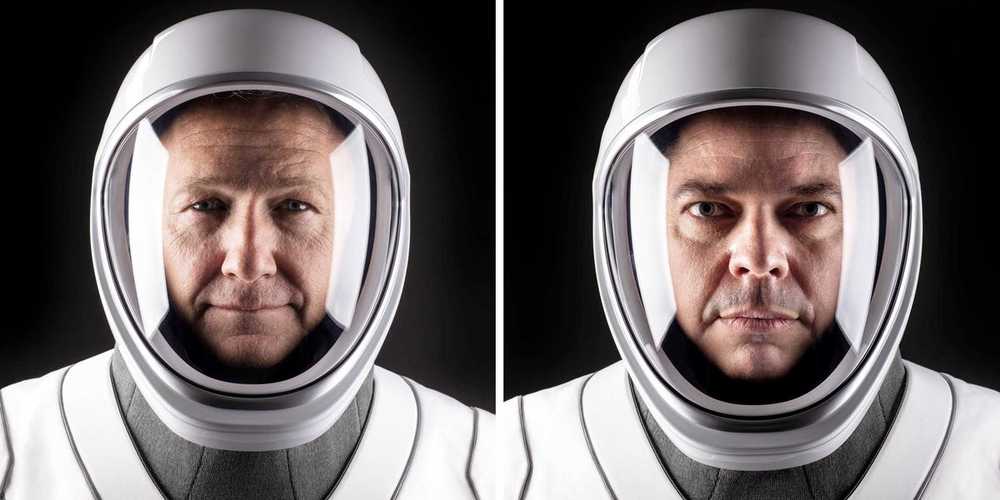
When it comes to building the interior of a spacecraft, engineers often prioritize function over aesthetics, focusing on materials and hardware that are both safe and effective for executing the vehicle’s intended mission. But some scientists say it’s time to consider another crucial factor when designing a spacecraft’s insides: how it will affect the behavior of the passengers?
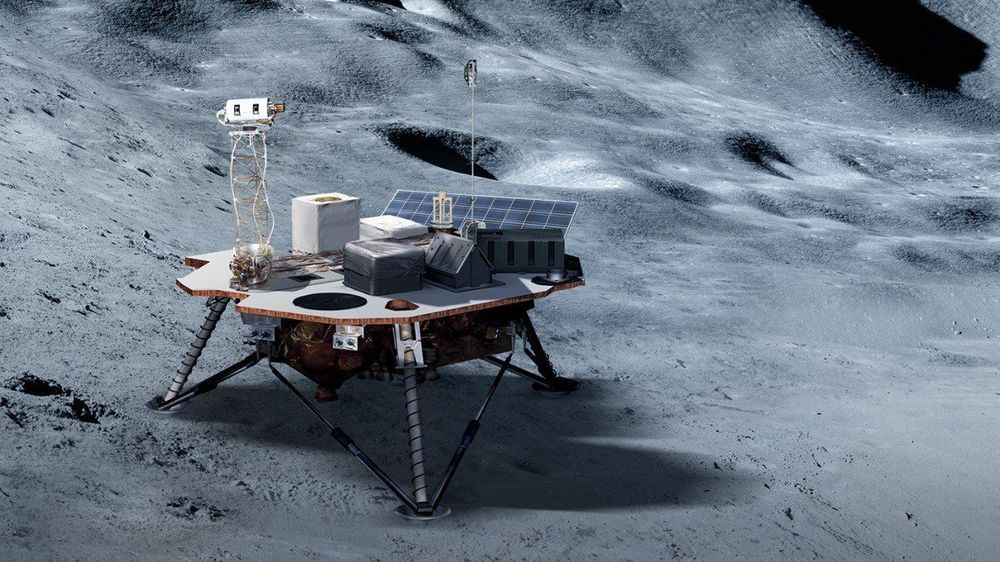
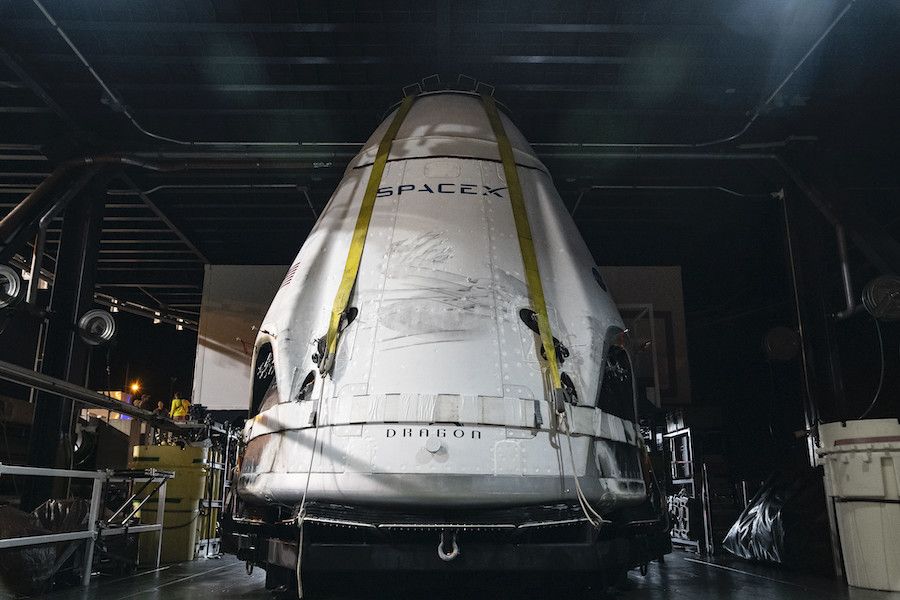
Data from the Jan. 19 in-flight launch escape demonstration of SpaceX’s Crew Dragon spacecraft indicate the performance of the capsule’s SuperDraco abort engines was “flawless” as the thrusters boosted the ship away from the top of a Falcon 9 rocket with a peak acceleration of about 3.3Gs, officials said Thursday.
The Jan. 19 test demonstrated the Crew Dragon’s ability to safely carry astronauts away from a launch emergency, such as a rocket failure, and return the crew to a parachute-assisted splashdown in the Atlantic Ocean.
For its final full-scale test before astronauts ride it into space, the Crew Dragon spacecraft lifted off at 10:30 a.m. EST (1530 GMT) on Jan. 19 from pad 39A at the Kennedy Space Center in Florida. A Falcon 9 rocket carried the capsule aloft — just as it would on a crewed mission — for the first 85 seconds of the mission.